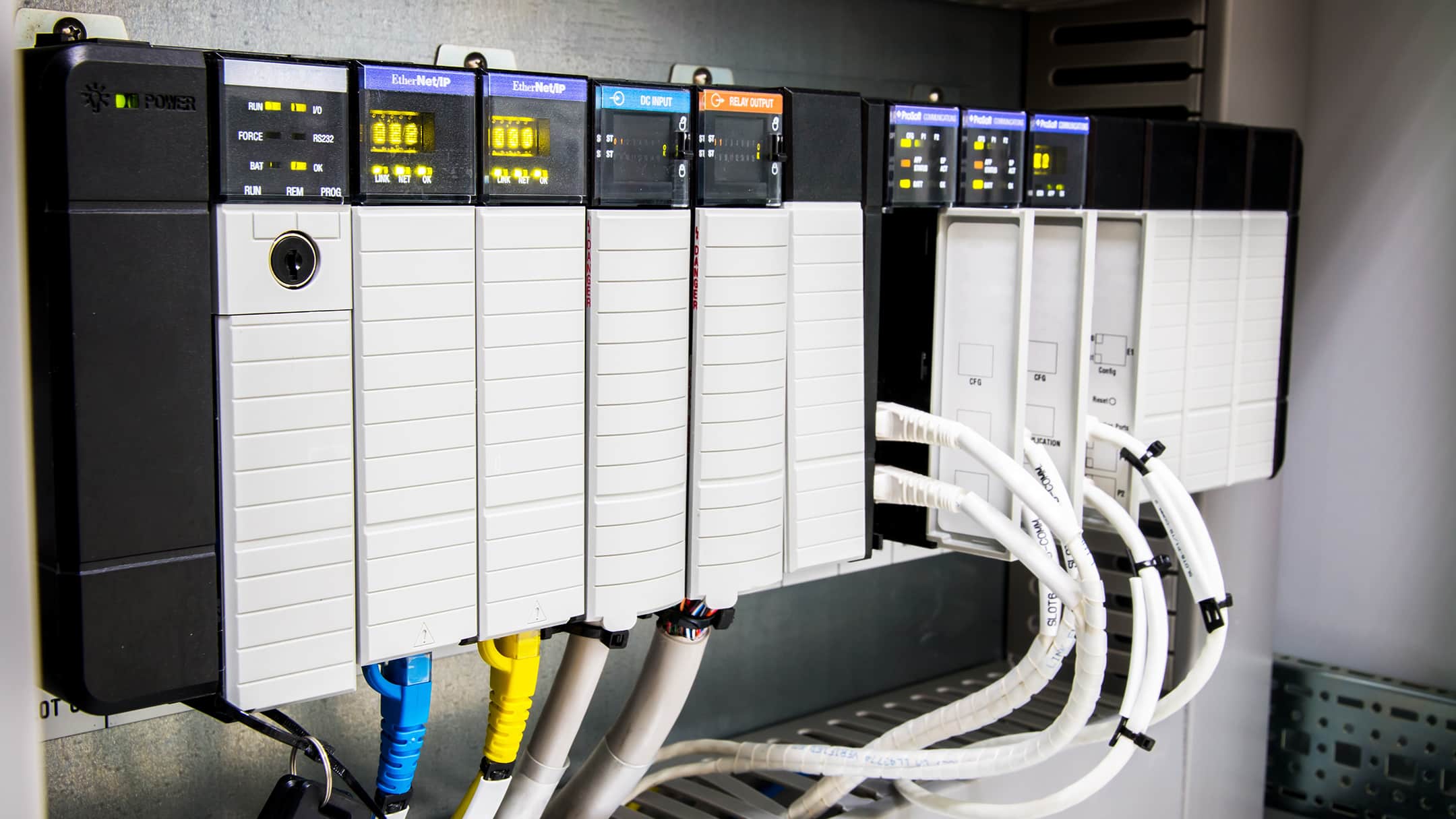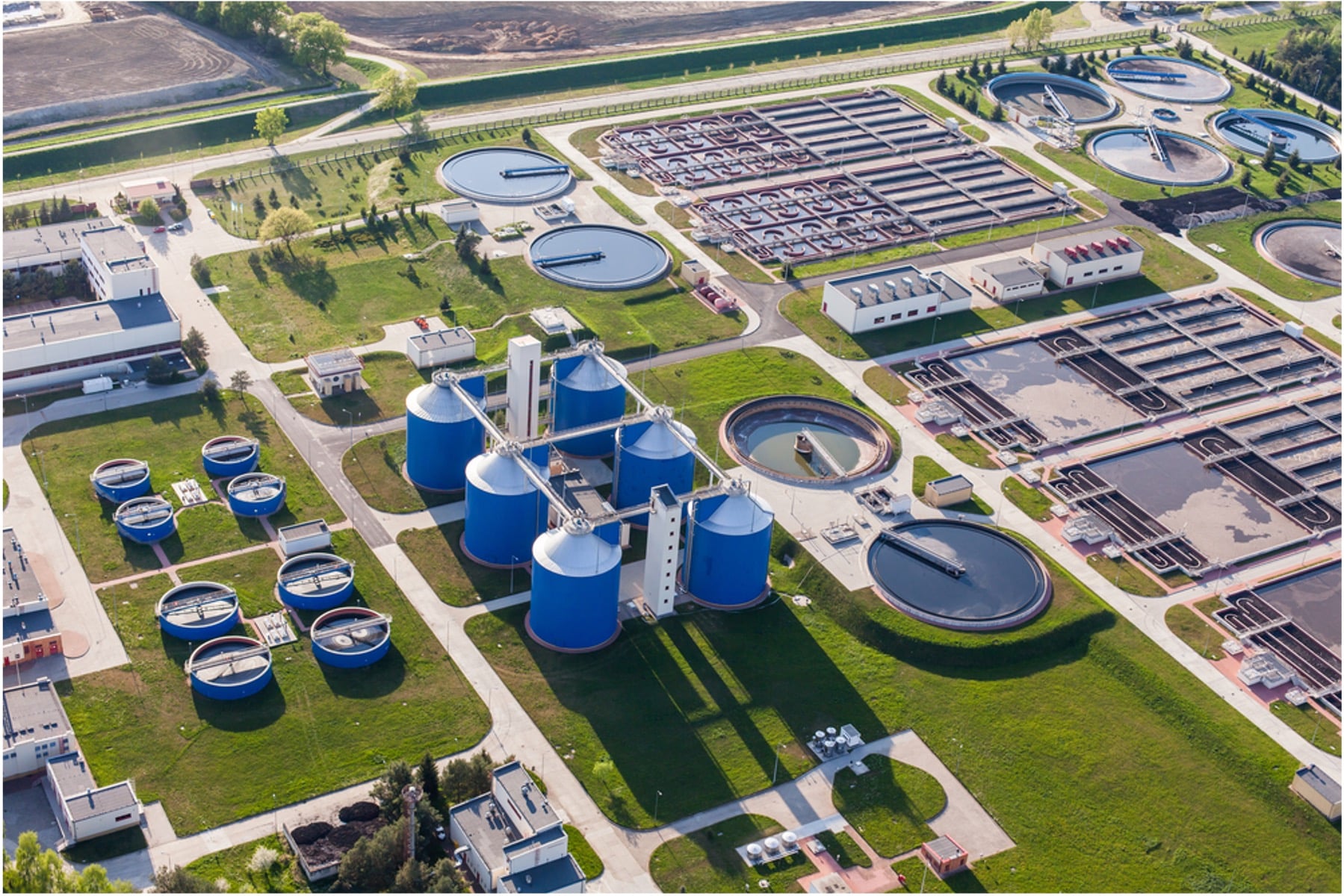
Upgrading systems that rely on outdated or legacy equipment presents a notable challenge, primarily due to financial constraints. Consider a scenario where a municipal water treatment facility operates with 30 cells, each equipped with an Allen Bradley SLC5/03 PLC using the DF1 port for communication. The plan is to modernize the plant by adopting ControlLogix PLCs as the new standard, switching to EtherNet/IP for communication. This upgrade involves replacing the SLC5/03s with CompactLogix PLCs across all cells. However, the financial burden of updating all 30 PLCs simultaneously is significant. A phased approach, replacing five PLCs every six months and employing gateways to bridge DF1 and ControlLogix communications, offers a financially viable solution by distributing costs more evenly over time.
Why Hasn’t a Universal Protocol Been Adopted?
This example, alongside others, underscores the ideal yet impractical notion of adopting a single, universal communication protocol across all automation equipment. While appealing, the reality is that a vast array of existing equipment would remain incompatible with such a universal standard, highlighting the complexity and diversity of communication needs in industrial settings.
For all the reasons listed above, mixed protocol factories are a reality and that leaves engineers asking how to solve these issues. How do they collect data from mixed protocols, how do they integrate skid equipment more effectively, how can they replace obsolete equipment while maintaining communications and minimizing downtime?
The solution is communication gateways.
Gateways make it possible to integrate current devices into an older system while maintaining seamless communication and operation. This allows upgrades to PLCs and systems to happen at a pace that makes the most sense time-wise and financially. This interoperability is crucial for modern industrial
environments where equipment from various manufacturers and generations need to work
together harmoniously. By facilitating data exchange across disparate systems, gateways contribute to creating a cohesive and efficient automation ecosystem.
Enhanced Interoperability
Gateways break down communication barriers between devices using different protocols,
enabling them to interact seamlessly.
Scalability and Flexibility
With gateways, expanding or modifying an industrial network becomes much more
manageable. They allow for the easy integration of new devices and technologies without the need for extensive rewiring or system overhaul. This flexibility ensures that industrial systems can evolve over time, adopting new capabilities and adapting to changing operational requirements without significant disruptions or costs.
Improved Data Management and Accessibility
Gateways can consolidate data from multiple sources into a uniform format, simplifying data management tasks. This data harmonization is essential for effective monitoring, analysis, and decision-making processes. Additionally, remote access gateways enable engineers and technicians to access PLCs and other devices from distant locations, enhancing maintenance capabilities and reducing downtime through timely diagnostics and interventions.
In Conclusion
The necessity of upgrading industrial systems that rely on outdated or legacy equipment is undeniable, yet the financial burden often poses a significant challenge. Mixed protocol environments are a reality, prompting engineers to seek solutions for seamless integration and communication among systems.
In this process, gateways have become an invaluable tool to enable interoperability in modern industrial environments as they facilitate the integration of current devices into older systems, enabling upgrades to occur gradually and cost-effectively. Their role in breaking down communication barriers, enhancing scalability and flexibility, and improving data management and accessibility cannot be overstated.
Gateways not only enable devices using different protocols to interact seamlessly but also simplify network expansion and modification. They streamline data management tasks and enhance remote access capabilities, empowering engineers and technicians to diagnose and intervene promptly, thus minimizing downtime.
In essence, communication gateways are indispensable tools in the arsenal of industrial automation, ensuring that disparate systems can work together while paving the way for upgrades and advancements in industrial operations.



